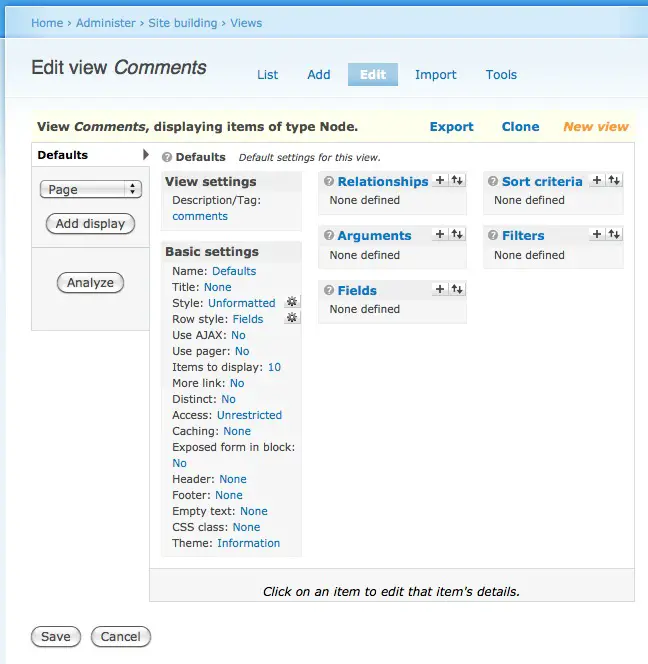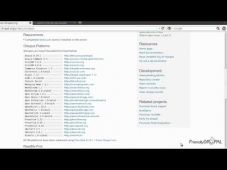

One of the most frequently used hooks in this category is hook_views_data() which returns an array that describes the structure of database tables and other data fields so that Views knows how to work with them. These hooks are typically used to make Views aware of custom database tables, fields, and pseudo field properties, or to alter the default data definition for entities, fields and tables provided by another module. Used to describe (expose), analyze, and alter the data that Views can interact with. We'll cover some specific common use cases in the tutorials in this series.Īll Views hooks are defined and outlined in the /core/modules/views/ file and are grouped together in the following categories: Data hooks You implement a Views hook just like any other Drupal hook. Views hooks are functions defined in a custom module or theme and typically are used to influence the outcome of a certain stage of a view building, rendering or configuration process. Views API allows for alteration and extension of default plugins, and outlines mechanisms to define custom plugins. Plugins govern almost every aspect of Views, including querying, sorting, and filtering, as well as displaying and rendering of different components and a view as a whole.
DRUPAL TUTORIAL VIEWS CODE
Views plugins provide a more complex level of interaction with Views code compared to hooks. In this case developers can use data hooks to provide data to the view. Hooks are also used to expose information to the view and extend or add new data types. Hooks also are invoked during every step of Views build and render process providing the opportunity for developers to influence the outcome of each step, alter output, or add conditions. Some operations in Views can be influenced by hooks. One of the easiest ways is by using hooks. Views API allows developers to interact with the Views module in several different ways.

The Views API also covers a views render layer and describes a template naming convention and hierarchy that can be used to create template overrides within a theme. The API consists of a collection of plugin types and hooks exposed by the Views module and described within file of the Views module in Drupal core. In situations when the options provided by Drupal core and existing contributed modules are not enough, developers can utilize the Views API to add their own features. Most of the typical use cases for websites such as generating a list of events, grid of news cards, or page of search results can be accomplished using just Views. The Views module is developed with maximum flexibility and ease of use in mind.

Introduce the Views API and related concepts to Drupal developers who have site building experience with the Views module in Drupal. Learn how to use the Views API in your projectīy the end of this tutorial you'll have a solid understanding of the parts of the Views API and some guidance on which to use for your goals.Discuss the Views API's functional parts such as hooks, plugins, and data types.Get a high level overview of the Views API.By creating these customizations as extensions of Views instead of as stand alone queries, or hard-coded lists, you can empower site administrators to mix and match your customizations with the existing feature set in any way they might need. Through the Views API developers can expose new data to Views, add new configuration options, create new output plugins, field formatters, sort handlers, filter handlers, and more. Views is commonly used in Drupal to create pages, blocks and other types of displays. The output can be rendered many ways, including as a list, a grid, or an RSS feed. But it can also aggregate users, blocks, log records, and more. It's typically used to create and output collections of items such as Drupal content entities.

DRUPAL TUTORIAL VIEWS GENERATOR
The Views module is a query generator and render engine in Drupal core.


 0 kommentar(er)
0 kommentar(er)
